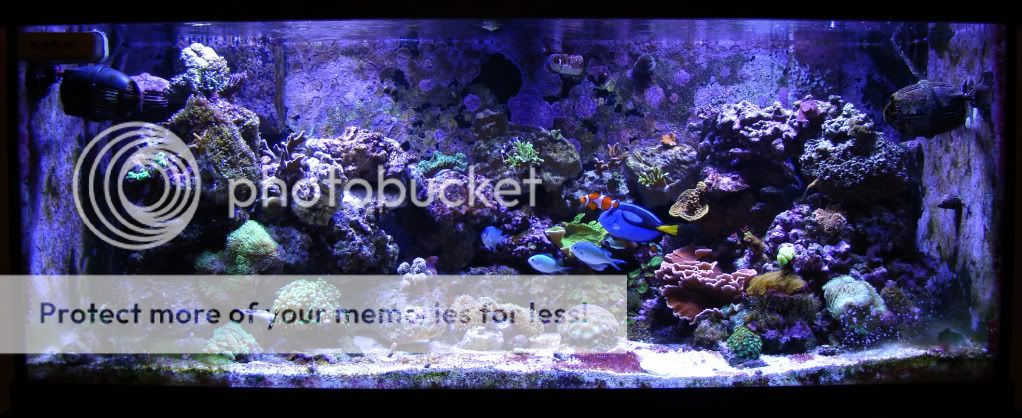widmer
Drug Enthusiast
If you check the data sheets they actually have a lower forward voltage than XR-E (getting this right now.. dammit self) anyways.. you should be able to run 14 of them on one eln-60-48
You're keeping in mind that 7-ups have a combo of 4 XPG's and 3 XPE's? So a person could really drive two of these with an eln-60-48?



